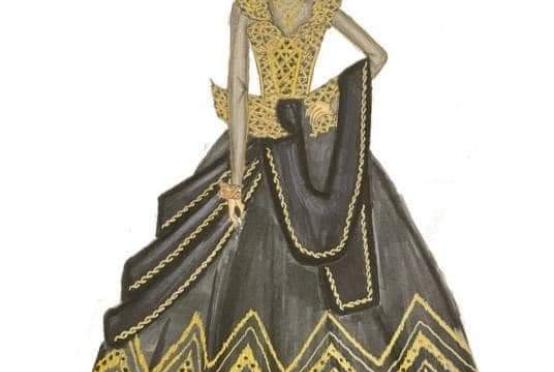by Hin Pisei
PHNOM PENH (The Phnom Penh Post/ANN) - Due to their historic Khmer and French colonial-era buildings, three provincial capitals are being promoted as second-tier tourist destinations.
Three provincial capitals are being promoted as second-tier tourist destinations due to their historic Khmer and French colonial-era buildings, according to the Ministry of Tourism.
The initiative – dubbed “The Inclusive City” – was presented by French Development Agency (Agence Francaise de Developpement, AFD) country director Philippe Steinmetz during a meeting with Minister of Tourism Thong Khon on Wednesday. According to the ministry’s official Facebook page Battambang, Kampot and Kratie towns will become “secondary urban tourism destinations” after Phnom Penh, Siem Reap and Sihanoukville.
The ministry’s spokesman Top Sopheak said the AFD intends to help with the maintenance, repair and preservation of the towns’ old buildings and turn them into “inclusive” tourist cities, with all development activities set to be carried out with the consideration of the residents’ rights and benefits.
“We hope that through the initiative, Cambodia will be able to build and strengthen its tourism sector to the next level, especially with tourists from Europe,” he said. Battambang town now consists of more than 800 historic Khmer and colonial-era buildings, while Kampot town consists of more than 300, he said, adding that there are fewer in Kratie town.
Khon said the Ministry of Tourism has been working with the Ministry of Culture and Fine Arts and Unesco to develop the three towns to be cultural and heritage tourism cities and second-tier tourist destinations. When the towns are more organised, they will not only attract more visitors, but will also keep them there longer, he said.
Kampot provincial Department of Tourism director Soy Sinol said provincial authorities have also called on the buildings’ owners to participate in conservation efforts. Unesco has organised most of the initiative’s conservation measures, he said, adding that: “Historic buildings can be said to be good products which can bring in more tourists to sightsee in Kampot town.”
Cambodia Association of Travel Agents adviser Hor Vandy said the conservation of old buildings’ original features and identities are crucial for the tourism sector.
“With this new tourism product, I hope that the three towns will be able to attract more foreign tourists, especially those from the country [France] which established its protectorate over Cambodia in the first
place,” he said.
Vandy said that any increase in tourism attractions will provide locals with various benefits through transportation, food, accommodation, guides and other expenses. In the first half of this year, Cambodia received about 3.3 million international tourists, up 11.2 per cent compared to the same period last year. Kampot province received 113,275 international tourists, up 21.17 per cent.
However, the number of international tourists visiting Angkor Archaeological Park in Siem Reap province has witnessed a 9.67 per cent drop so far this year.



